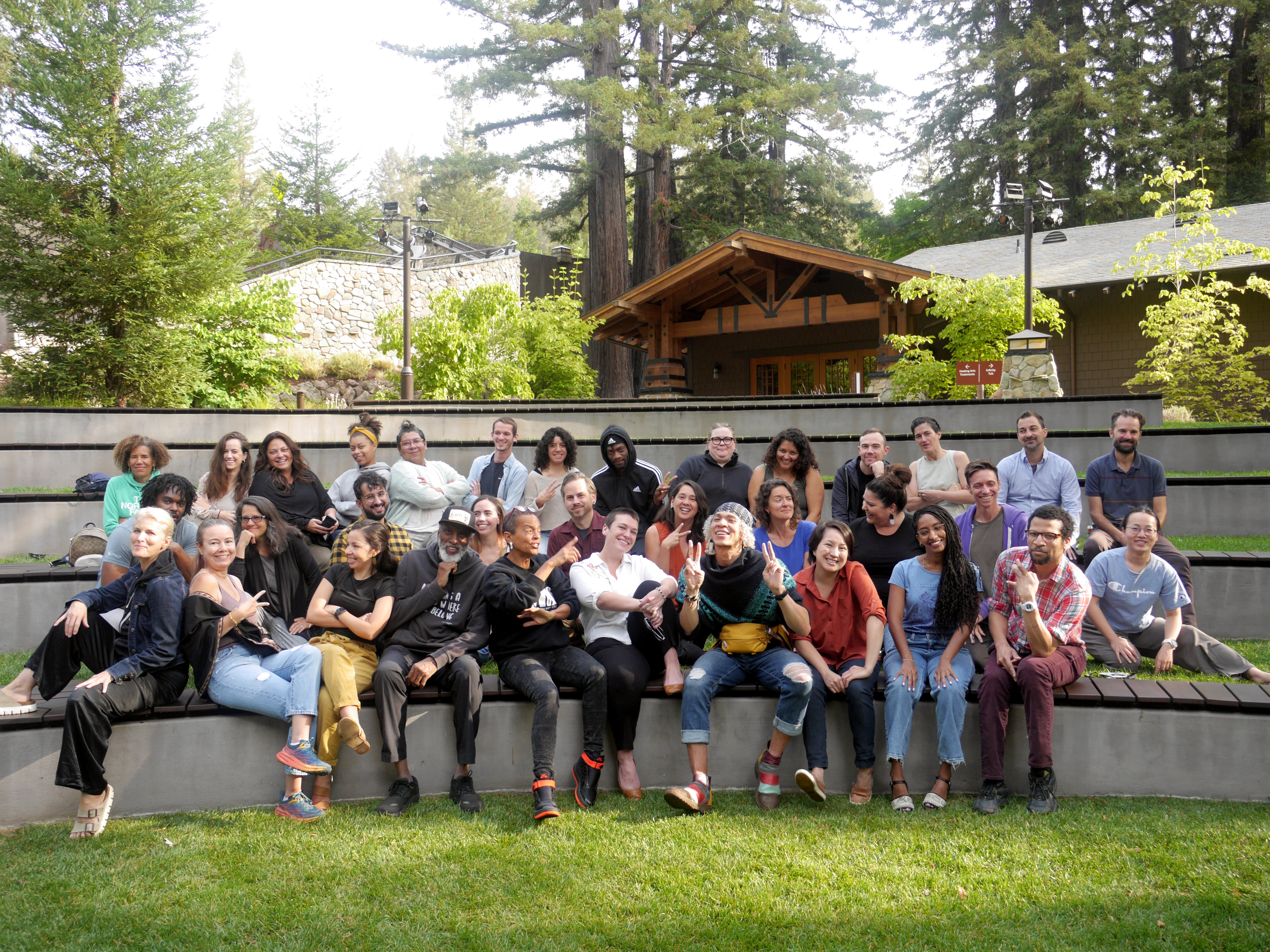While narrative change work has swept across our movements and is now widely recognized to be an important strategic imperative—deserving of dedicated staff, time, budget, and partnerships—the demands for shaping our collective future are growing. That is in part because the impacts of a fractured society are outpacing our movements’ capacity. Toxic polarization is dividing our country to a level of instability not seen in generations; it is also shaping how we build and use our power.
For enduring, radical change, we need more than policy wins. The false choice of “you’re either with us or against us” may get us to 50 percent plus one some of the time, but it will not create transformational change that is lasting and capable of addressing our greatest existential threats. We need strategies that can build new political and social identities that match the scale, spread, and depth of the challenges we face.
The extent to which we can bridge will shape the relevance and potential of our collective movements, and with it, our collective future.
We hope that these principles for practice help shape more powerful strategies for transforming the dominant narrative to one where all are seen and belong.
KEY FINDINGS
Belonging narratives must address the structural drivers of racial inequality and center the role of government in remedying these social and economic inequalities. Transforming the ideological opposition to effective government and structural change requires directly naming these biases and reclaiming a vision for government and the economy.
Address, don’t ignore, the fears, anxieties, and uncomfortable beliefs of key constituencies, particularly where anti-Black racism and immigrant resentment are present.
Spotlight the possibilities of cross-group collective power. Building authentic, durable bridges across communities creates new possibilities for a more just future. Invest in building a shared vision for the future that can be made possible through deep collaboration.
Sharpen insights and test assumptions about key constituencies through qualitative research. Building capacity and taking time to do critical qualitative research guided by principled partnerships and shared values can reveal powerful new pathways.
It’s not just what the story is, but who tells it and how it connects. Culture-makers are critical allies in narrative change.
Don’t go it alone: narratives do not take hold in isolation. Organized infrastructure across communities, issues, and geographies is essential for strategic narrative change.





